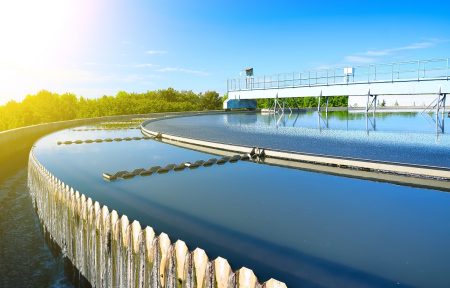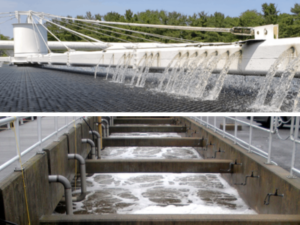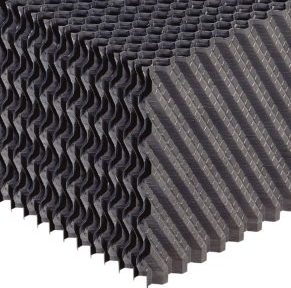This question is one we walk through on a regular basis with many of our customers. We also perform a lot of thermal runs using our STAR program to model towers and compare the benefits of using a cross-fluted fill or an offset-fluted fill. When we present a STAR analysis and customers see that a certain high-efficiency fill might be able to provide slightly colder water for their process, it’s hard sometimes not to jump to the conclusion that that’s the best fill for the application. However, when we come to that point, we need to discuss water quality and the process being served by the cooling tower system.
While initial thermal performance is certainly appealing, that performance is only accurate as long as the tower remains in new condition. What happens when the fill begins to foul (which will happen no matter how good your water treatment program is)? For high efficiency cross-fluted fills, while lower water velocity through the packs provides the increased heat transfer that is good for tower performance, it also reduces shear stresses and allows a more hospitable environment for biological growth in the fill packs. When these characteristics start to yield fouling, that is when our customers start to realize that the super high-efficiency fill doesn’t necessarily look so super anymore.
Brentwood’s R&D lab has done thermal testing of new products for decades, and more recently, in conjunction with the Brentwood fouling chamber, we’ve been testing biofouled fill products. This allows us to see the impact that biofouling and weight gain have on a product’s thermal performance since most of the product’s serviceable life will not be in an “as-new” state but in some state of degradation from “new.” This is important for owners to know so they can get a good idea of the true performance after the tower is no longer “new.”
Based on our testing, we have seen that the thermal performance of a high-efficiency cross-fluted fill can readily fall below that of an offset-fluted product by significant percentages in overall tower performance. The loss in tower performance of a fouled cross-fluted fill, as compared to an offset-fluted product under the same conditions, shows that while a cross-fluted fill may show a slight increase in performance when new, as the tower ages and the fill begins to foul, the tower performance can fall well below that of a more fouling resistant offset-fluted product. This is important to keep in mind. Additionally, if the tower has over 5 ft. of fill, the offset-fluted product may actually perform better than the cross-fluted product from the beginning.
We are committed to continuing this type of testing so that we can share these insights with the industry. In fact, Brentwood will be presenting a paper that includes some of this research at the 2017 Cooling Technology Institute (CTI) Annual Conference in New Orleans.
We are also happy to help you run through this process or answer any questions you may have. You can reach out to us at CTCustomerService@brentwoodindustries.com.


